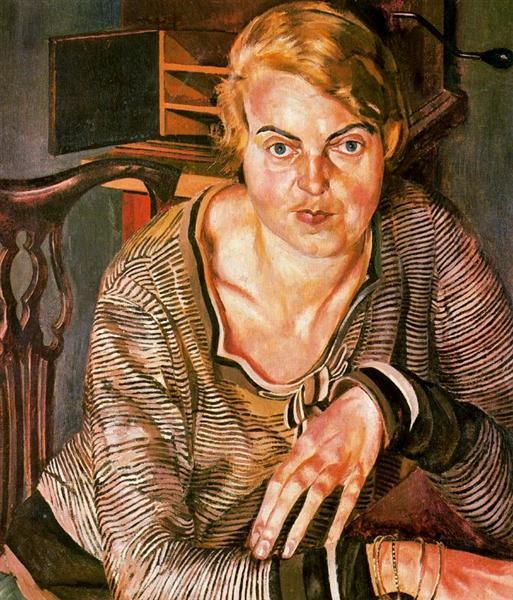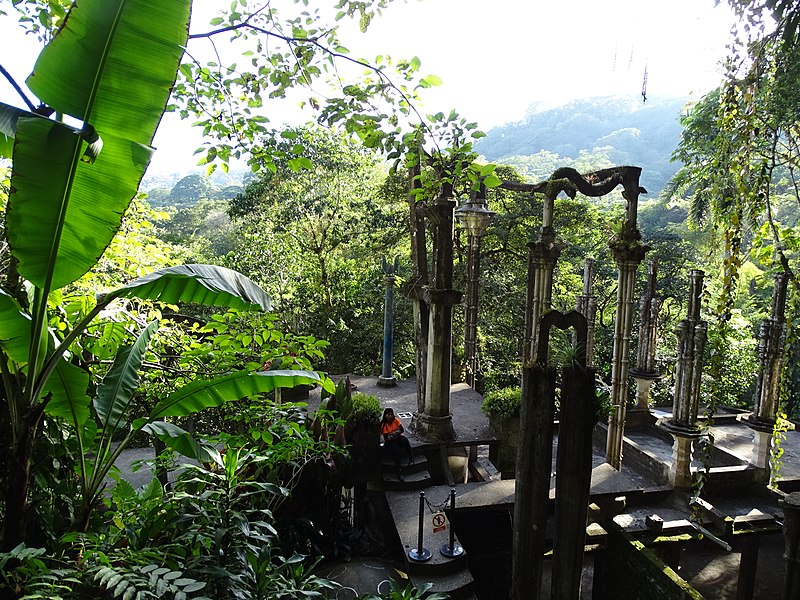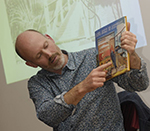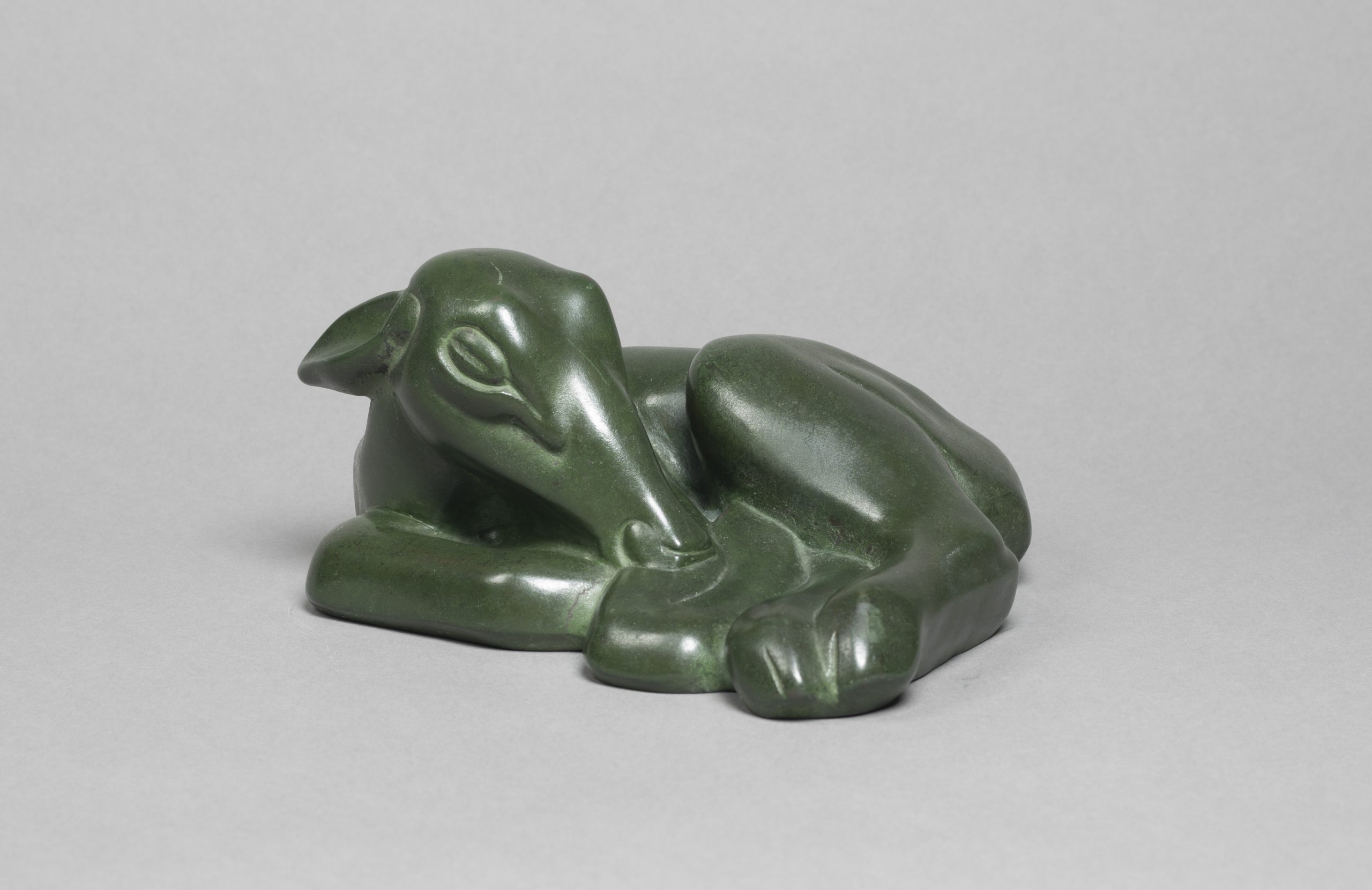12 August 2020 – Christopher Wood, an English painter
 One of the most promising English painters of his generation – if not the most promising – Christopher Wood remains a relatively little known artist, and something of a well kept secret. In this talk, Alastair Lack will look at the life and legend of Wood. In 1921, at the age of nineteen the aspiring artist went to Paris, learning his craft as a modern painter and admired by the likes of Picasso and Cocteau. He spent much of his adult life in France and in particular in Brittany between 1928 and 1930, where the coastal scenery was the type of subject-matter that brought about some of his best work. Another place where Wood felt equally at home was Cornwall and St Ives. A letter reveals his embrace of the elemental forces that batter the south-east tip of England and his romantic admiration for the local fishermen: ‘St Ives is like a terrific roulette table. There is a terrific storm. The sea is dead white and angry. The fishermen are heroes.’
One of the most promising English painters of his generation – if not the most promising – Christopher Wood remains a relatively little known artist, and something of a well kept secret. In this talk, Alastair Lack will look at the life and legend of Wood. In 1921, at the age of nineteen the aspiring artist went to Paris, learning his craft as a modern painter and admired by the likes of Picasso and Cocteau. He spent much of his adult life in France and in particular in Brittany between 1928 and 1930, where the coastal scenery was the type of subject-matter that brought about some of his best work. Another place where Wood felt equally at home was Cornwall and St Ives. A letter reveals his embrace of the elemental forces that batter the south-east tip of England and his romantic admiration for the local fishermen: ‘St Ives is like a terrific roulette table. There is a terrific storm. The sea is dead white and angry. The fishermen are heroes.’
Christopher Wood died in 1930 at the age of 29, when he threw himself under a train at Salisbury station. His life is very much a story of the 1920s, from his arrival in Paris in 1921 to his death in 1930. His progress through this decade is something of a life of mystery and some ambiguity, even in death.
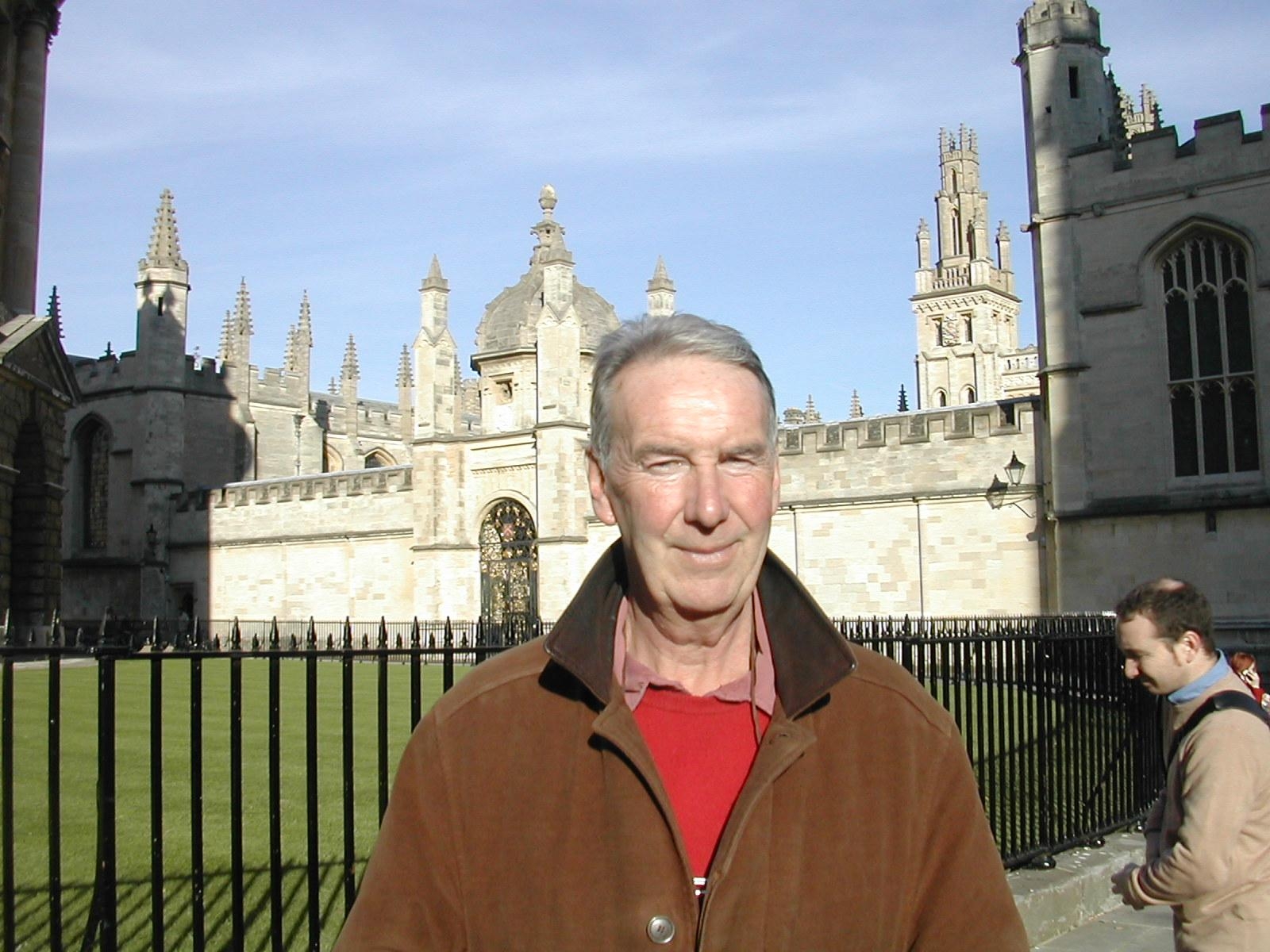
Lecturer: Alastair Lack read History at Oxford University, then taught in India and worked in publishing in New York. He then worked for the BBC for more than twenty-six years, from 1971 to 1997, making programmes for both television and radio, but almost always for the World Service. His final position was Head of English Programmes. Moving to Oxford, he became Secretary of the Oxford Alumni Society and is now a city and university walking guide. While working for the BBC he produced the World Service arts programme Meridian.
17 September 2020 – AGM + Lecture: Art of the River
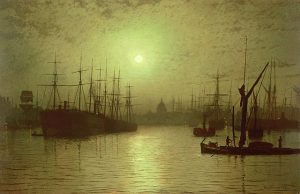 The River Thames has inspired artists for over three hundred years and continues to do so today. Discover a selection of artists from the historical to the contemporary, and experience their fascinating views of the river and interpretations of its eventful history.
The River Thames has inspired artists for over three hundred years and continues to do so today. Discover a selection of artists from the historical to the contemporary, and experience their fascinating views of the river and interpretations of its eventful history.
Lecturer: Alexandra Epps is an official guide and lecturer at Tate Modern, Tate Britain and the Guildhall Art Gallery, and a lecturer at Pallant House Gallery. She is a qualified guide to the City of London, offering lectures and walks about many aspects of the arts for societies, corporations and private individuals, a Member of the City of London Guide Lecturers Association and co-author of the book Lord Mayor’s Portraits 1983-2014 (published 2015). Alexandra’s background is in design, having practised as a graphic designer running her own design consultancy for many years. She has a BA from Saint Martins School of Art and an MA from the London College of Printing.
14 October 2020 – Love and Delusion: the Artist Wives of Stanley Spencer
Visionary and eccentric, the worlds created in the paintings of Stanley Spencer are quite unique. Just as remarkable was his relationship with his two wives. Hilda Carline became his first wife in 1925. Capable of sensitive and tender portraits and Spencer-like landscapes, Hilda’s career never fully progressed after her marriage. Spencer then met a Cookham woman, Patricia Preece. She too was an artist but less gifted than her ‘companion’ Dorothy Hepworth. Paintings by Dorothy were exhibited and sold as by Patricia.
Spencer became obsessed with Patricia but for her his only attractions were his celebrity status and money. Four days after divorcing Hilda in 1937 he married Patricia. Patricia and Dorothy continued to live together, deluding the art world with their paintings, and Spencer that he had a loving second wife.This lecture examines the art produced by this infamous group of artists, including some of Spencer’s most powerful paintings
 Lecturer: Alan Read holds Master’s and First Class Honours degrees in History of Art from Birkbeck College, University of London. He is a gallery guide at Tate Britain, Tate Modern and the National Portrait Gallery and has lectured at many galleries, including the Dulwich Picture Gallery, Plymouth City Art Gallery and the National Portrait Gallery. He is also a London Blue Badge Guide and City of London Guide.
Lecturer: Alan Read holds Master’s and First Class Honours degrees in History of Art from Birkbeck College, University of London. He is a gallery guide at Tate Britain, Tate Modern and the National Portrait Gallery and has lectured at many galleries, including the Dulwich Picture Gallery, Plymouth City Art Gallery and the National Portrait Gallery. He is also a London Blue Badge Guide and City of London Guide.
11 November 2020 – FICTION, FALLACY & FAKE NEWS Spin and propaganda in art throughout the ages
 If Donald Trump thinks it was he who invented the concept of Fake News then he is sadly mistaken.
If Donald Trump thinks it was he who invented the concept of Fake News then he is sadly mistaken.
Fake News has been around since the time of the Egyptian pharaohs and art has always been one of its favourite media.
In this lecture I will be uncovering the subtle art of spin and propaganda in art. Starting in ancient Egypt we will travel across to Mesopotamia then to Rome and Byzantium before leaping forward to the Norman Conquest, Renaissance Italy, Tudor England, the French revolution and Georgian and Victorian England before ending up in the dark days of the Second World War and the sublimely clever art of 21st century graffiti.
Every picture tells a story—whether it is true or not is an entirely different matter.
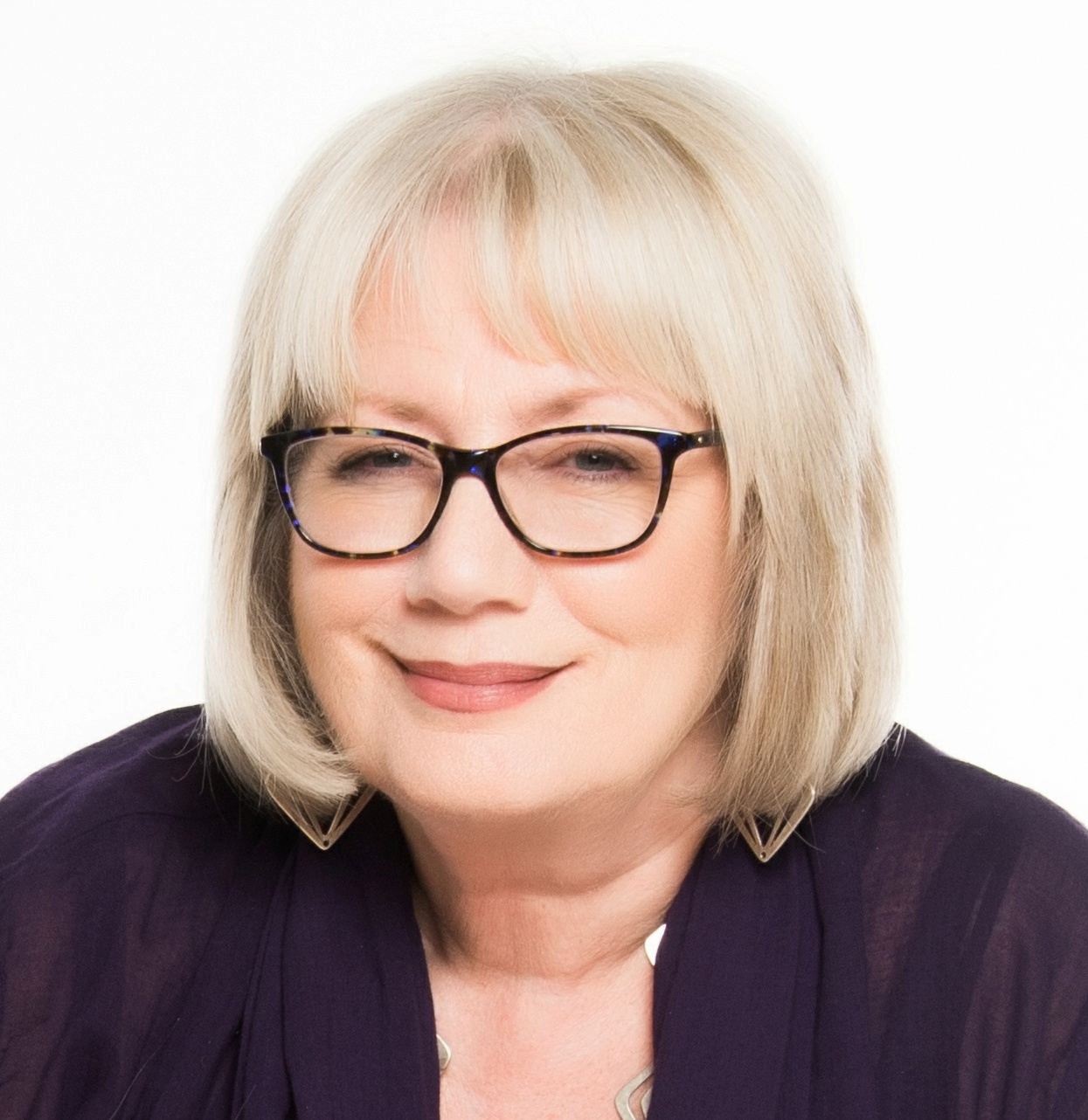 Lecturer: Geri Parlby is a former Fleet Street journalist and film PR. She has a first-class honours degree in History and Theology, a Masters in History of Art from the Courtauld Institute and a Theology doctorate from Roehampton University in London. She has been lecturing for the past 15 years both in the UK and internationally. She is also principal lecturer on the South West Area Arts Society History of Art course and is an Honorary Research Fellow at Roehampton University.
Lecturer: Geri Parlby is a former Fleet Street journalist and film PR. She has a first-class honours degree in History and Theology, a Masters in History of Art from the Courtauld Institute and a Theology doctorate from Roehampton University in London. She has been lecturing for the past 15 years both in the UK and internationally. She is also principal lecturer on the South West Area Arts Society History of Art course and is an Honorary Research Fellow at Roehampton University.
9 December 2020 – The Christmas Story in Renaissance Art
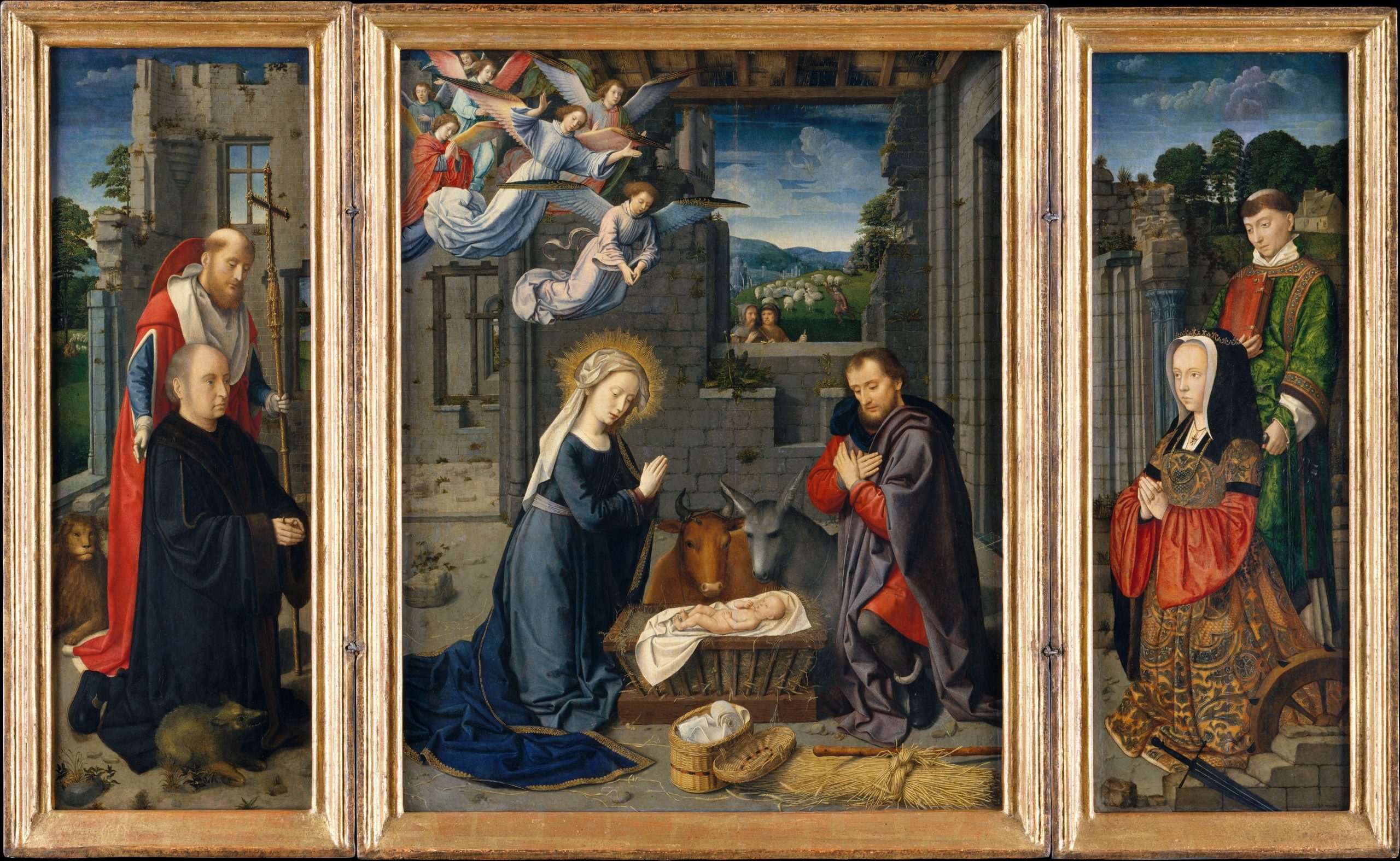 This lecture tells the Christmas story through a selection of well-loved paintings and illuminated manuscripts by Italian and Flemish artists, including Botticelli, Fra Angelico and Jan van Eyck, together with many less well-known images. From the Annunciation to the Nativity, the Journey of the Kings and the Flight into Egypt, it explores the rich symbolism of Christmas imagery, highlights the ways in which spiritual ideas and devotional practice shaped the depiction of the narrative, and introduces some less familiar aspects of the story, such as the Midwives and Joseph’s stockings.
This lecture tells the Christmas story through a selection of well-loved paintings and illuminated manuscripts by Italian and Flemish artists, including Botticelli, Fra Angelico and Jan van Eyck, together with many less well-known images. From the Annunciation to the Nativity, the Journey of the Kings and the Flight into Egypt, it explores the rich symbolism of Christmas imagery, highlights the ways in which spiritual ideas and devotional practice shaped the depiction of the narrative, and introduces some less familiar aspects of the story, such as the Midwives and Joseph’s stockings.
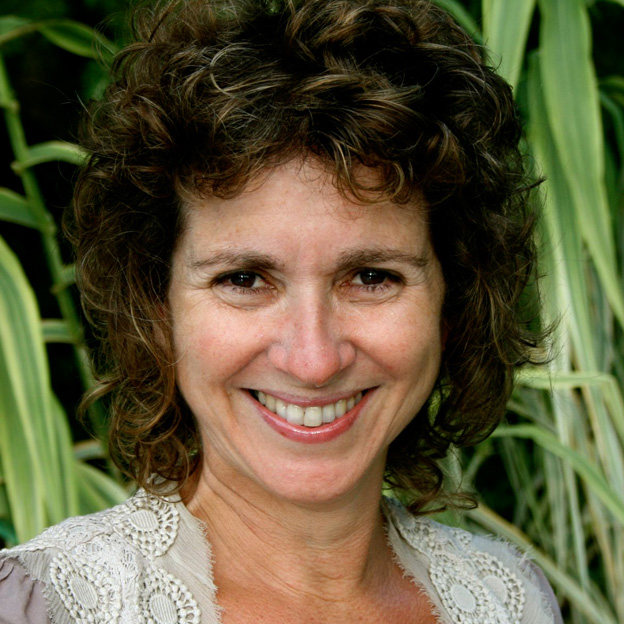 Lecturer: Paula Nuttall Director of V&A Medieval and Renaissance Year Course. Specialist in Renaissance art, both Italian and northern European, on which she has published widely, notably From Flanders to Florence: the Impact of Netherlandish Painting 1400-1500 (Yale, 2004). Has collaborated on major exhibitions including Jan van Eyck: an Optical Revolution (Ghent, 2020). Formerly lecturer at the Courtauld Institute and the British Institute of Florence.
Lecturer: Paula Nuttall Director of V&A Medieval and Renaissance Year Course. Specialist in Renaissance art, both Italian and northern European, on which she has published widely, notably From Flanders to Florence: the Impact of Netherlandish Painting 1400-1500 (Yale, 2004). Has collaborated on major exhibitions including Jan van Eyck: an Optical Revolution (Ghent, 2020). Formerly lecturer at the Courtauld Institute and the British Institute of Florence.
13 January 2021 – Turner vs Constable: the Great British Paint-Off
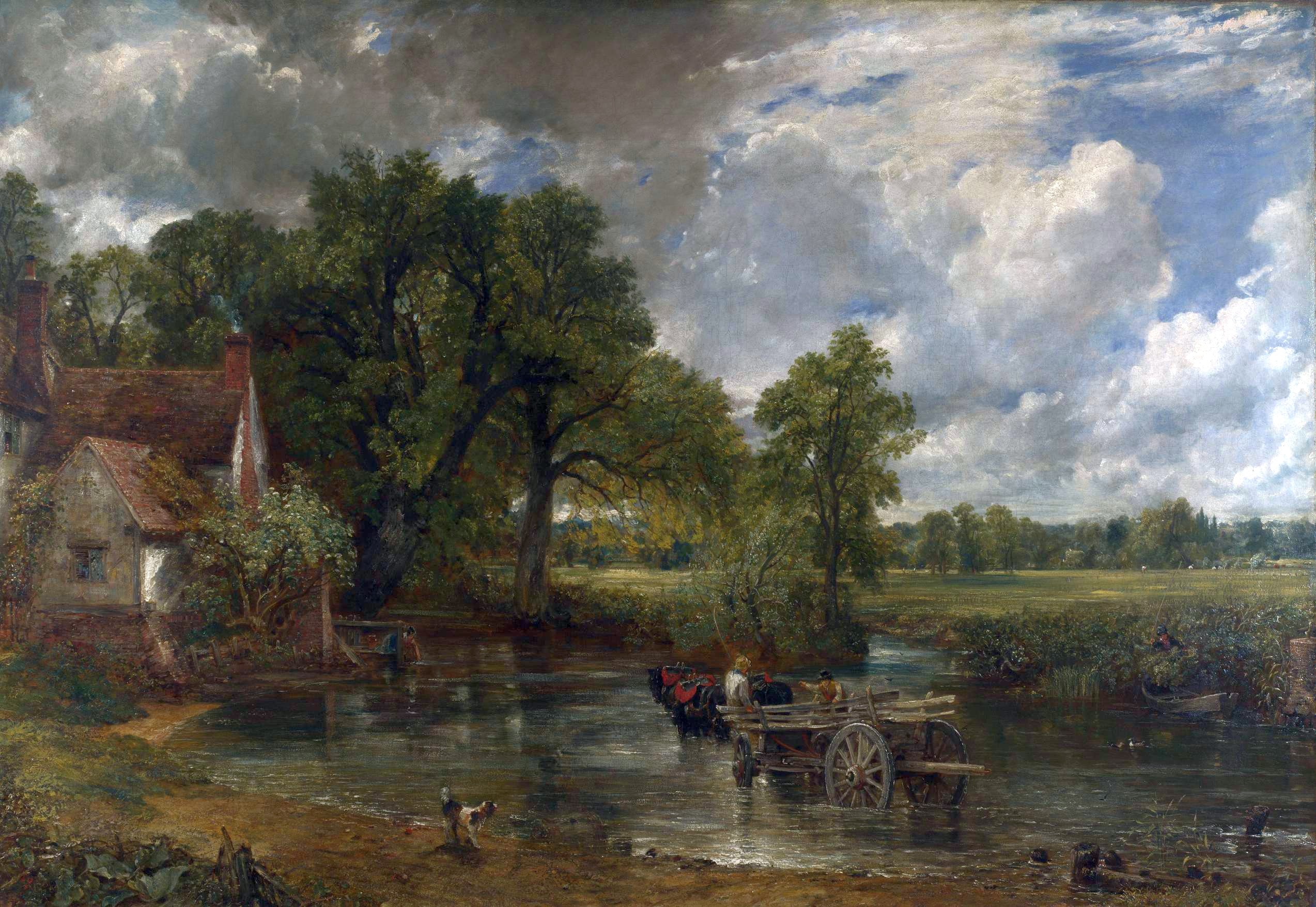 This is the story of the epic rivalry between the two giants of British art, J.M.W. Turner and John Constable. As unlike in background and temperament as their paintings were in style, these two creative geniuses transformed the art of landscape. This lecture sets them head-to-head and examines their differences, their similarities, their battles and their shared triumphs. But who will ultimately be crowned star painter? As well as giving an overview of Turner and Constable, the subject provides an enjoyable overview of the British art world during the nineteenth century.
This is the story of the epic rivalry between the two giants of British art, J.M.W. Turner and John Constable. As unlike in background and temperament as their paintings were in style, these two creative geniuses transformed the art of landscape. This lecture sets them head-to-head and examines their differences, their similarities, their battles and their shared triumphs. But who will ultimately be crowned star painter? As well as giving an overview of Turner and Constable, the subject provides an enjoyable overview of the British art world during the nineteenth century.
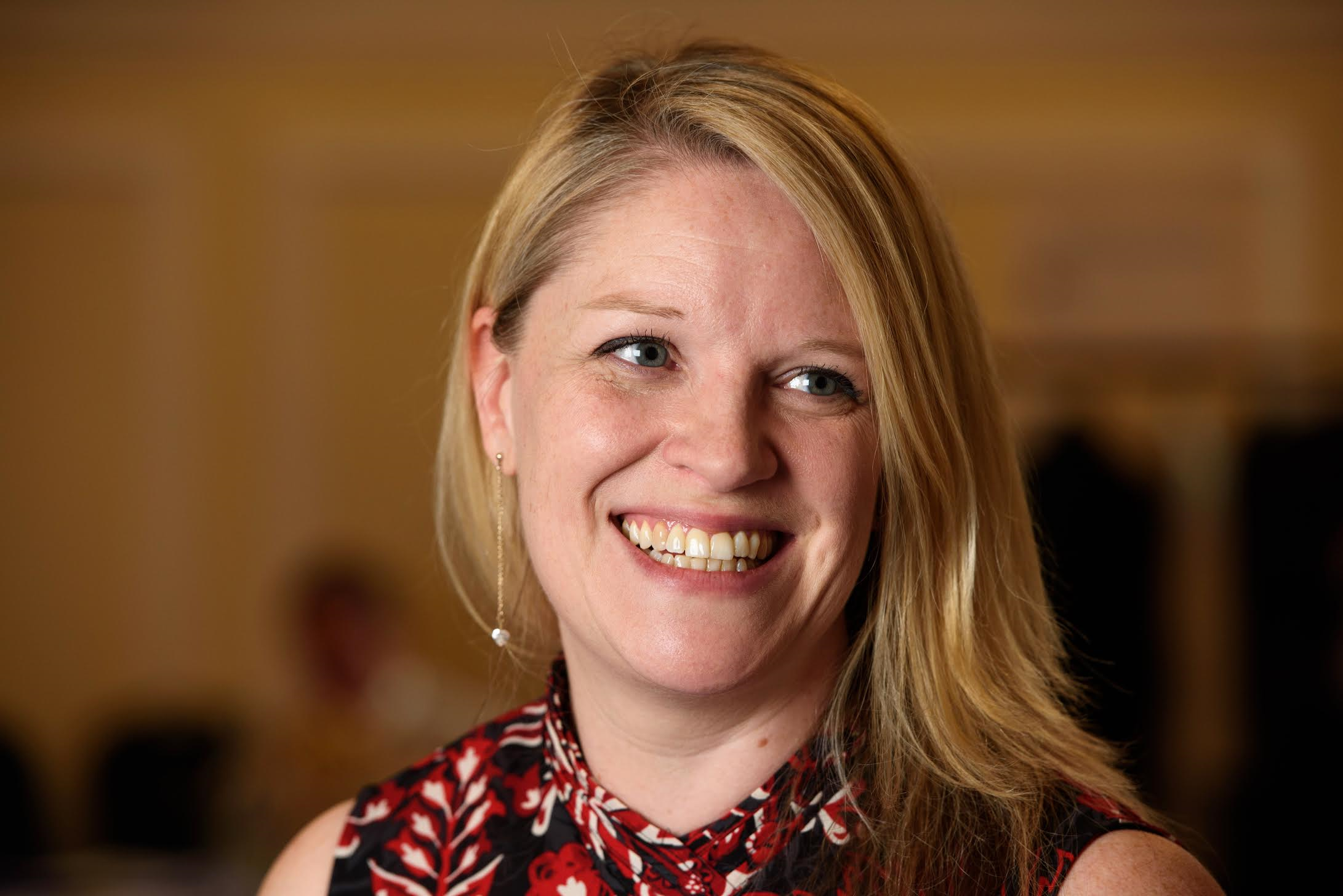 Lecturer: Nicola Moorby is an independent art historian specialising in British art of the nineteenth and early twentieth centuries. She studied at the University of York and Birkbeck College, London. Formerly a curator at Tate Britain she has curated a number of exhibitions and has published widely on J.M.W. Turner, including contributions to the forthcoming online catalogue of the Turner Bequest. She is also co-editor and author of How to Paint Like Turner (Tate Publishing, 2010). In addition, she has published on Walter Richard Sickert and is co-author of Tate’s catalogue of works by the Camden Town Group.
Lecturer: Nicola Moorby is an independent art historian specialising in British art of the nineteenth and early twentieth centuries. She studied at the University of York and Birkbeck College, London. Formerly a curator at Tate Britain she has curated a number of exhibitions and has published widely on J.M.W. Turner, including contributions to the forthcoming online catalogue of the Turner Bequest. She is also co-editor and author of How to Paint Like Turner (Tate Publishing, 2010). In addition, she has published on Walter Richard Sickert and is co-author of Tate’s catalogue of works by the Camden Town Group.
10 February 2021 – Post-war Australian Painting
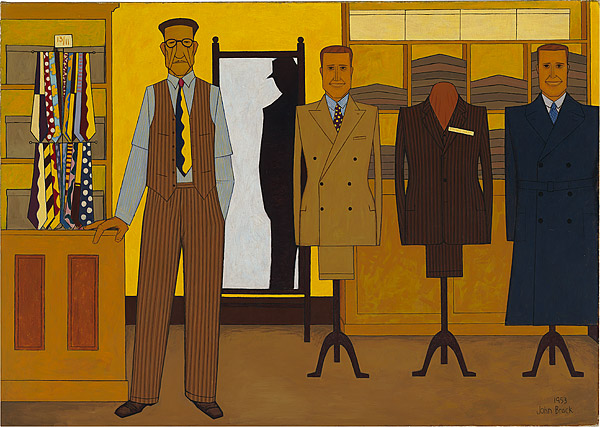 Western Art from ‘Down Under’ is often overlooked and neglected, but there is a large amount of talented and inventive painters who rose to prominence in the post-World War II era. Painters like Sidney Nolan and Arthur Boyd from the ‘Heide School’ working in a naïve and expressive style, John Brack’s figurative paintings give a social critique of Australian post-war culture, John Olsen’s celebratory abstract expressions of the landscape, Brett Whiteley’s personal vision of his life in Sydney, Fred Williams’ landscapes and Jeffery Smart’s surreal depictions of urban life are all essential in our understanding and appreciating the modern art of Australia and its place in the history of Western Art
Western Art from ‘Down Under’ is often overlooked and neglected, but there is a large amount of talented and inventive painters who rose to prominence in the post-World War II era. Painters like Sidney Nolan and Arthur Boyd from the ‘Heide School’ working in a naïve and expressive style, John Brack’s figurative paintings give a social critique of Australian post-war culture, John Olsen’s celebratory abstract expressions of the landscape, Brett Whiteley’s personal vision of his life in Sydney, Fred Williams’ landscapes and Jeffery Smart’s surreal depictions of urban life are all essential in our understanding and appreciating the modern art of Australia and its place in the history of Western Art
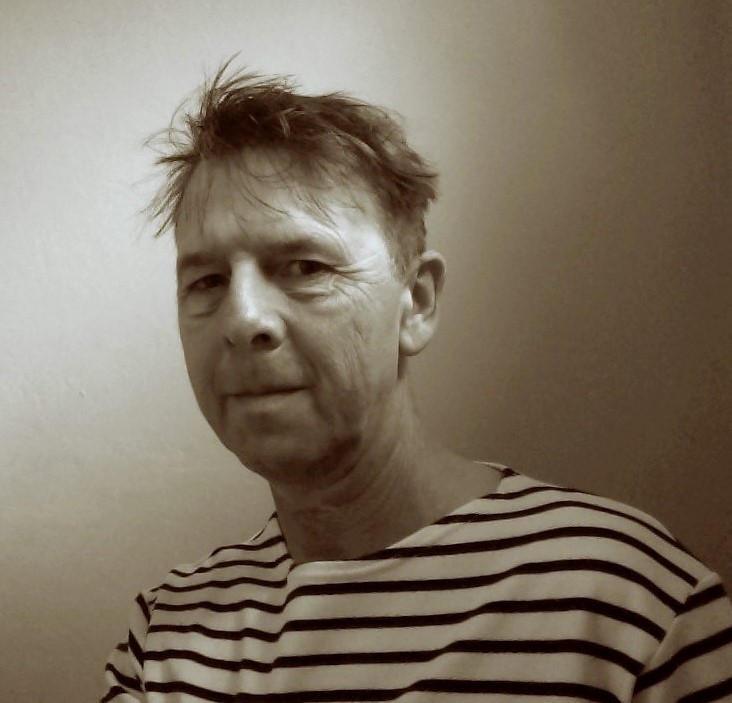 Lecturer: Paul Chapman is an Art Historian and a National Gallery trained guide with many years of experience working in education. As a freelance Paul delivers courses and lectures for a wide range of educational organisations and he has also given talks and tours for art associations/societies in Museums and Galleries in the UK and Europe. Paul has a long-standing commitment, in conjunction with the National Gallery as a tour guide at the Longford Castle art collection and he is also a visiting tutor at Marlborough College and a tutor at Marlborough College Summer School.
Lecturer: Paul Chapman is an Art Historian and a National Gallery trained guide with many years of experience working in education. As a freelance Paul delivers courses and lectures for a wide range of educational organisations and he has also given talks and tours for art associations/societies in Museums and Galleries in the UK and Europe. Paul has a long-standing commitment, in conjunction with the National Gallery as a tour guide at the Longford Castle art collection and he is also a visiting tutor at Marlborough College and a tutor at Marlborough College Summer School.
10 March 2021 – A Garden like no Other: Edward James & Las Posas
In the depths of the Mexican jungle lies an enchanted valley in which strange ruins tower over waterfalls and pools. It seems like the remains of a lost civilisation, but the arches and stairways were built only in the last century by Edward James, a rich English eccentric and Surrealist. Ranging around the world and across the 20th century, this colourful lecture tells the story of Edward James and Las Pozas, introducing along the way an array of intriguing characters, and exploring the wider theme of the modern artist-gardener.
Lecturer: James Russell studied History at Pembroke College, Cambridge and then enjoyed a lengthy stint selling contemporary paintings and sculpture in Santa Fe, New Mexico, an experience that inspired him to begin writing and lecturing on 20th century art. Of his dozen or so books, one was a Sunday Times book of the year, while his writing has been described by critics as ‘insightful’, ‘informative’ and ‘enjoyably readable’. James has curated major exhibitions at Dulwich Picture Gallery and for museums around the country. He bases his lectures on wide-ranging original research into the subjects that fascinate him.
14 April 2021 – Faces, Figures and Forms: Exploring Sculpture in the UK’s Public Art Collections
Sculpture has the power to stop us in our tracks. It can be awe inspiring, thought provoking or fun and amusing. Many sculptures are imbued with historical and cultural reference; statues, for example, representing remarkable men and women of the past. Modern sculpture sees the world from different perspectives that may be perplexing or enlightening.
The UK’s national collection of sculpture is arguably the finest in the world and is being catalogued in a unique and ambitious project called Art UK (www.artuk.org). The lecture explores a range of works from across the country and recounts some of the fascinating stories behind them
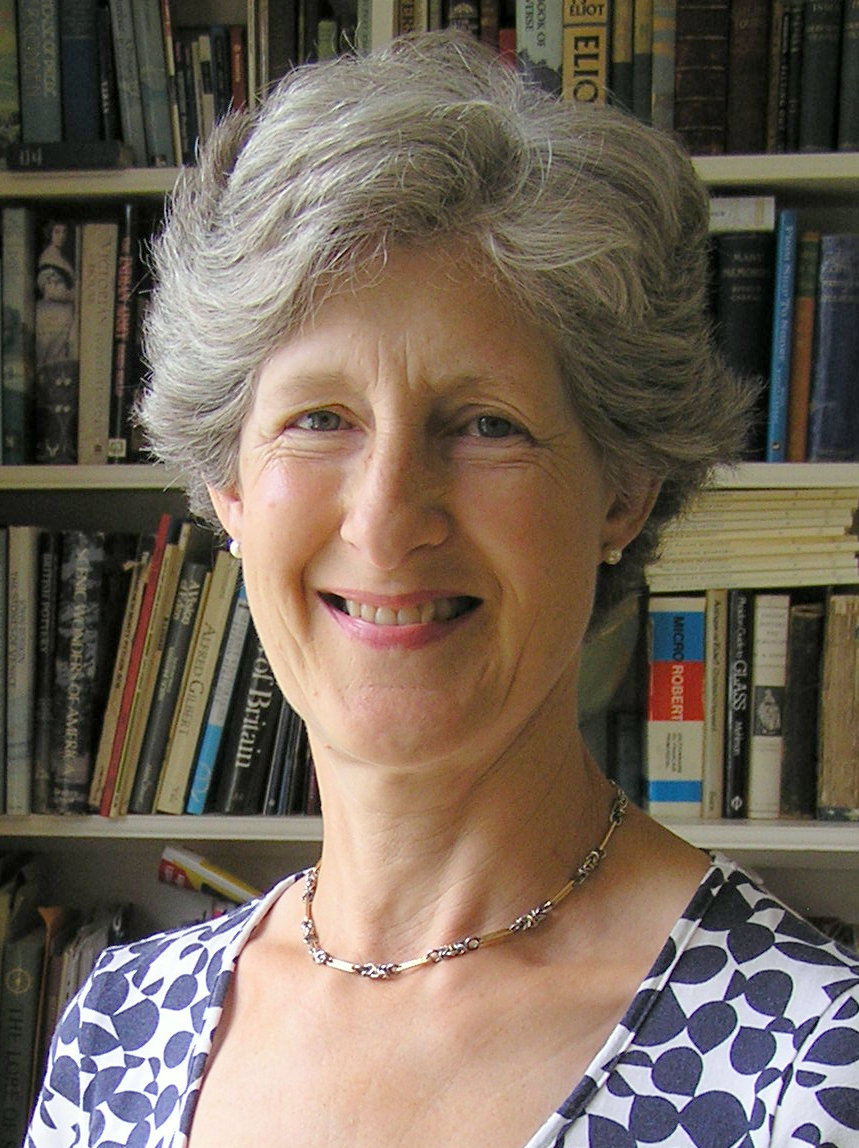 Lecturer: Mary Rose Rivett-Carnac gained an MA (Distinction) in Victorian Art and Literature at Royal Holloway, University of London. In 2007 she started working part-time for the Public Catalogue Foundation, now called Art UK. She has given lectures all over the UK and in Europe, and is a volunteer guide at J.M.W. Turner’s House in Twickenham and Dorich House Museum in Kingston. She is a Freeman of the Worshipful Company of Arts Scholars, one of the City of London livery companies
Lecturer: Mary Rose Rivett-Carnac gained an MA (Distinction) in Victorian Art and Literature at Royal Holloway, University of London. In 2007 she started working part-time for the Public Catalogue Foundation, now called Art UK. She has given lectures all over the UK and in Europe, and is a volunteer guide at J.M.W. Turner’s House in Twickenham and Dorich House Museum in Kingston. She is a Freeman of the Worshipful Company of Arts Scholars, one of the City of London livery companies
12 May 2021 – Pots and frocks – the world of Grayson Perry
Widely known for his outlandish appearances dressed as his feminine alter ego, Claire, Grayson Perry is now a core part of the art establishment. A Turner Prize winner, Royal Academician, popular broadcaster and colourful character, he’s possibly one of the world’s best known contemporary artists. His works of ceramics, textiles, tapestries and prints are highly sought after. Often controversial, he tackles difficult subjects in a poignant yet witty way and holds a mirror up to society. This talk will examine Grayson Perry’s works, his exciting and thought-provoking exhibitions, and the unique character inside the flamboyant frocks.
 Lecturer: Ian Swankie is a Londoner with a passion for art and architecture. He is an official guide at Tate Modern, Tate Britain, Guildhall Art Gallery and St Paul’s Cathedral, and gives tours at each venue. He is also a qualified and active freelance London guide and leads regular tours for various corporations and organisations.a member of both the City of London and Westminster Guide Lecturer Associations. Six years ago, he established a weekly independent art lecture group in his home town of Richmond in West London, and he gives talks on a variety of subjects. He is an accredited lecturer for The Arts Society, and a Freeman of the Worshipful Company of Art Scholars.
Lecturer: Ian Swankie is a Londoner with a passion for art and architecture. He is an official guide at Tate Modern, Tate Britain, Guildhall Art Gallery and St Paul’s Cathedral, and gives tours at each venue. He is also a qualified and active freelance London guide and leads regular tours for various corporations and organisations.a member of both the City of London and Westminster Guide Lecturer Associations. Six years ago, he established a weekly independent art lecture group in his home town of Richmond in West London, and he gives talks on a variety of subjects. He is an accredited lecturer for The Arts Society, and a Freeman of the Worshipful Company of Art Scholars.
9 June 2021 – The Bronzes of Ife and Benin, and an Historical View of the Art and Sculpture of Nigeria
Africa is not generally associated with great art but Nigeria is associated with 3 major artistic traditions; the 2,000 year old Nok terracottas of the north, the Bronzes of Ife from the C12-C15 and the later Benin Bronzes. Richard Thomas lived in Nigeria in the 1960s, near Ife, and became familiar with the art of Ife and Benin and the role they played in society. The art, the technology (using the lost wax process) and the cultural relevance of the Bronzes will be illustrated and discussed in the lecture.
 Lecturer: Richard Thomas completed an MA in Canada in Development Studies, and a PhD from Trinity College, Dublin in History and Political Science. His career as an academic and as a political and institutional analyst in the field of International Development enabled him to travel widely in Eastern Europe, the Mediterranean, Africa, Asia and the Middle East. He always sought to understand the arts and culture of the country or region he was living or working in since they illuminate the past and help to explain the present.
Lecturer: Richard Thomas completed an MA in Canada in Development Studies, and a PhD from Trinity College, Dublin in History and Political Science. His career as an academic and as a political and institutional analyst in the field of International Development enabled him to travel widely in Eastern Europe, the Mediterranean, Africa, Asia and the Middle East. He always sought to understand the arts and culture of the country or region he was living or working in since they illuminate the past and help to explain the present.
14 July 2021 – The Portraits of Elizabeth I
 This lecture concentrates on the context, iconography and patronage of the portraits of Queen Elizabeth I. This lecture will take a close look at paintings, prints and miniatures – from the earliest group portrait of 1544 to those at the end of her life – and will hopefully dispel some of the myths surrounding her representation.
This lecture concentrates on the context, iconography and patronage of the portraits of Queen Elizabeth I. This lecture will take a close look at paintings, prints and miniatures – from the earliest group portrait of 1544 to those at the end of her life – and will hopefully dispel some of the myths surrounding her representation.
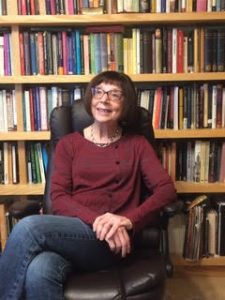 Lecturer: Susan Doran is Professor of Early Modern British History at the University of Oxford and a Senior Research Fellow at Jesus College and St Benet’s Hall. She has written widely on the reign of Elizabeth I and edited four catalogues of major exhibitions, including ‘Elizabeth and Mary, Royal Cousins, Rival Queens’, to be held at the British Library next October.
Lecturer: Susan Doran is Professor of Early Modern British History at the University of Oxford and a Senior Research Fellow at Jesus College and St Benet’s Hall. She has written widely on the reign of Elizabeth I and edited four catalogues of major exhibitions, including ‘Elizabeth and Mary, Royal Cousins, Rival Queens’, to be held at the British Library next October.
15 September 2021 – AGM + Lecture – Clara, Rhino Superstar, Artistic Inspiration and Wonder of the Grand Tour
Brought up as a house pet by a Director of the Dutch East India Company in India, from a young age, Clara was shipped to Holland in 1741 and spent nearly 20 years touring Europe as one of the wonders of the age. She visited all the major Courts of Europe including to King Louis XV of France, dying in London in 1758. She was recorded in paintings, prints porcelain, bronze, clocks and even hair styles. This talk explores the charming story of this magnificent beast, only the third or fourth rhino to be seen in Europe, through contemporary records and works of art.
 Lecturer: Clive Stewart-Lockhart studied on the Sotheby’s Works of Art course and has now been working in the fine art world for 47 years. Until recently he was a Director of Woolley and Wallis, the UK’s leading regional firm of auctioneers, in Salisbury, and was a specialist on the BBC Antiques Roadshow for 25 years between 1991 and 2016. Has also lectured on cruise ships as well as for many other groups, and in 2013 published a major article in the Journal of the Decorative Arts Society on Betty Joel. He is now an independent art advisor.
Lecturer: Clive Stewart-Lockhart studied on the Sotheby’s Works of Art course and has now been working in the fine art world for 47 years. Until recently he was a Director of Woolley and Wallis, the UK’s leading regional firm of auctioneers, in Salisbury, and was a specialist on the BBC Antiques Roadshow for 25 years between 1991 and 2016. Has also lectured on cruise ships as well as for many other groups, and in 2013 published a major article in the Journal of the Decorative Arts Society on Betty Joel. He is now an independent art advisor.


